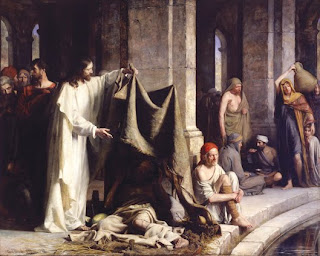Wednesday, February 23, 2011
A Student Request... Printing!
Tuesday, February 15, 2011
Retouching Anyone????
Tuesday, February 8, 2011
About Me!

Jedediah Here!!
I have been a photographer for about 7 years now, and have worked in many different types of photography. I have done Everything from high fashion photography to automotive. One of my passions in life is to photograph old cars. Those of you that know me, know this about me, I love Cars. I love building cars and motorcycles. I have done this since I was a little boy. Growing up I would help my dad work on his 1936 ford Street rod. I enjoyed working with my hands and using tools.
So the question arises... How does an automotive mechanic get into photography? Funny you should ask. In order to answer this question correctly you need to know more about my family.
My mother is a very talented highly influential Ballet choreographer. She is well know throughout the world and has choreographed and preformed in places like China, Austria, Europe, and all over the United States. She is a highly creative individual with a vision that is unrivaled in here field. As a kid, I never really enjoyed going to the ballet. It was always a daunting task for my father to grab my brother and me to take us. Once I arrived, I would be easily mesmerized at the movement and beauty and the time seemed to fly. Once it was over I would go back to pretending that I didn't like it. My dear mother has influenced me greatly. I don't think she even knows. That is where i get my creativity and sense of composition. Because of her influence, I understand movement and how to make imagery move even though it may be a still photograph.
Now we all know that photography is a visual art form. and composition Is key to making a creative visually interesting photograph. But there is another side to photography that is equally as important. That is the technical side. What good is composition if you cant make a correct exposure. This is where my father's influence comes in.
My father is a machinist by trade, and a very brilliant man. I have seen him create, and problem solve my entire life. He can take any problem and find a solution that will not only fix the problem but enhance the performance in the solution. His work is also like art to me. It takes patience, and a careful hand to be a good machinist. It also takes a lot of knowledge and study to understand the different materials and reactions they might have while making a part. I worked with him for many years. I too learned this trade, I am so grateful for the lessons learned while working there. It is a profession that takes a lot of calculations and precision, in order to get a part that works properly.
As funny as it may seem... if you take these two professions and put them into a blender you would end up with photography. If you were to put these two people together you would end up with a child... me! Photography is the perfect blend of artistic and technical ability and that is why i have chosen it as my profession.
Tuesday, February 1, 2011
A night out


The Mrs and I were going through the usual motions on date night.
